Taksim Square pulsates with the energy of Istanbul. A vibrant public square located on the European side of the city, it serves as a central hub, a meeting point, and a microcosm of Istanbul’s dynamic spirit. Let’s delve into the history and significance of this captivating square.
Taksim Square
Istanbul serves as the meeting point between Asia and Europe, and the central district of Taksim seamlessly blends modern, Western, and cosmopolitan aspects of Turkey with remarkable medieval attractions. Taksim bears a distinct character influenced by its strong Greek, European, Genoese, and Jewish history, setting it apart from the more Islamic appearance of the Old City in Istanbul. A visit to Taksim unveils one of the city’s most recognizable places, a former water distribution point, lending its name to the area.
Overview of Taksim Square
Taksim Square serves as a bustling hub, surrounded by hotels, shops, restaurants, and cultural centers. It is characterized by its large open space, bustling streets, and vibrant atmosphere.
Historical Significance
Originally known as the “Water Square” during the Ottoman period, Taksim Square has undergone significant transformations over the centuries. It gained prominence during the early years of the Turkish Republic and has since been a focal point for various historical events and demonstrations.
Modern Importance
Today, Taksim Square is not only a central transportation hub but also a popular gathering place for locals and tourists alike. It has become synonymous with Istanbul’s dynamic energy and serves as a starting point for exploring the city.
From Reservoir to Bustling Hub
Taksim Square’s name itself offers a hint to its origins. “Taksim” translates from Arabic to “division” or “distribution.” In the Ottoman era, the area functioned as a distribution point for water brought in from the north via aqueducts. A stone reservoir, still visible today, stands as a testament to this historical role.
A Transformation Under the Republic
The establishment of the Turkish Republic in 1923 marked a turning point for Taksim Square. The new government envisioned it as a symbol of modern Istanbul. In the 1930s, the area underwent a transformation. Public buildings were constructed, and the iconic Republic Monument, featuring Mustafa Kemal Atatürk, the founder of the republic, was erected. Taksim Square became a stage for national celebrations and a focal point for political demonstrations.
A Gateway to Exploration
Today, Taksim Square is a bustling crossroads. Pedestrians throng the square, enjoying the vibrant atmosphere. The nostalgic red tram that runs along Istiklal Caddesi, the main pedestrian avenue leading away from the square, adds a touch of charm. Taksim Square serves as a convenient starting point for exploring the vibrant Beyoğlu district, known for its historical buildings, art galleries, lively bars, and renowned restaurants.
The central square houses the Istiklal Aniti (Independence Monument), dedicated to the Republic’s founders, along with the Hagia Triada Greek Orthodox Church and the French Institute. Explore Istiklal Caddesi, Istanbul’s renowned commercial thoroughfare, accessible from Taksim Square.
The street and tram line culminate near the Galata Tower, an ancient defense tower in the Beyoğlu district. Marvel at its panoramic terrace by patiently waiting in line or relax at a café at its base with a Turkish coffee or beer, gazing up at this iconic historical structure.
A Symbol of Change
Taksim Square’s history is not without its complexities. The square has been a stage for protests and social movements, reflecting the ever-evolving political landscape of Turkey. Its central location and symbolic importance have made it a focal point for public gatherings and demonstrations.
A Hub of Transportation and Commerce
Today, Taksim Square serves as a major transportation hub. It’s the terminus for the nostalgic red tram that winds its way down Istiklal Caddesi, the bustling pedestrian avenue leading to the historical Beyoğlu district. The square is also a central station for the Istanbul Metro, allowing easy access to different parts of the city.
Taksim Square is a commercial center as well. Restaurants, cafes, and shops line the perimeter, catering to tourists and locals alike. Street vendors add to the vibrant atmosphere, offering everything from traditional Turkish delights to souvenirs.
Taksim Square stands as a renowned transportation hub in Istanbul City Center, surrounded by bars, restaurants, nightclubs, businesses, and budget hotels, making it a convenient meeting spot and a popular hangout for backpackers.
Events and Demonstrations
Gezi Park Protests
In 2013, Taksim Square gained international attention during the Gezi Park protests, a series of demonstrations against urban development plans. The protests sparked widespread debate and led to significant social and political changes in Turkey.
Annual Celebrations
Taksim Square hosts various annual celebrations and events, including New Year’s Eve festivities, Independence Day parades, and cultural festivals, attracting thousands of visitors from around the world.
Attractions near Taksim Square
A Journey Through Time:
The Grand Pera Palace Hotel: Standing majestically on a hilltop, this late 19th-century gem boasts a rich history. Explore the opulent art deco interiors, Agatha Christie’s room, or simply marvel at the grandeur that once hosted dignitaries and celebrities. The Grand Pera Palace Hotel offers a captivating glimpse into Istanbul’s past.
Dolmabahçe Palace: A short journey away, Dolmabahçe Palace stands as a testament to Ottoman opulence. This extravagant 19th-century palace served as the administrative center of the Ottoman Empire. Wander through lavishly decorated rooms, stroll through serene gardens, and immerse yourself in the grandeur of a bygone era.
Hagia Sophia Grand Mosque: A UNESCO World Heritage Site, the Hagia Sophia Grand Mosque is a masterpiece of architecture. This awe-inspiring structure boasts a fascinating past, having served as a church, a mosque, and a museum before returning to its current status as a mosque. Step inside to be awestruck by the soaring dome, intricate mosaics, and the echoing grandeur of this spiritual sanctuary.
A Shopper’s Paradise:
The Grand Bazaar: No visit to Istanbul is complete without experiencing the Grand Bazaar. This labyrinthine covered market, dating back to the 15th century, is a shopper’s paradise. Lose yourself amidst over 4,000 shops overflowing with carpets, jewelry, spices, ceramics, and an endless array of Turkish treasures. Put your bargaining skills to the test and immerse yourself in the vibrant atmosphere of this historic marketplace.
Cultural Delights:
Istiklal Caddesi: This vibrant pedestrian-only avenue pulsates with life. Explore a diverse range of shops, cafes, restaurants, art galleries, and historical buildings. Take a nostalgic ride on the red tram, a charming symbol of Istanbul, or simply soak in the lively atmosphere.
Museum of Turkish and Islamic Arts: Delve into the rich artistic heritage of Turkey and the Islamic world. This museum houses a vast collection of carpets, ceramics, calligraphy, and other artifacts, offering a window into centuries of artistic traditions.
A Culinary Adventure:
Taksim Square and the surrounding area boast a vibrant selection of restaurants and cafes catering to all tastes and budgets. Sample traditional Turkish cuisine, indulge in international flavors, or grab a quick bite at a local eatery. Don’t forget to savor a cup of strong Turkish coffee or a refreshing glass of apple tea (çay).
Beyond the Square:
Bosphorus Cruise: For a break from the bustling streets, embark on a scenic cruise along the Bosphorus Strait, the waterway separating Europe and Asia. Marvel at the architectural wonders lining the shores, from the opulent Dolmabahçe Palace to the historic Rumeli Fortress. Spot fishermen casting their lines, or simply relax and enjoy the breathtaking views of Istanbul’s skyline.
Taksim Square, or “Maidan Taksim,” serves as a springboard to explore the captivating tapestry of Istanbul. From historical landmarks and bustling bazaars to scenic cruises and mouthwatering cuisine, the area offers an unforgettable experience for every kind of traveler. So, lace up your walking shoes, embrace your sense of adventure, and get ready to be enchanted by the hidden gems near Taksim Square.
Conclusion
Despite its occasional moments of turbulence, Taksim Square remains a powerful symbol of Istanbul’s spirit. It’s a place where tradition and modernity converge, where history whispers from its cobbled streets, and where the city’s vibrant energy pulsates. A visit to Taksim Square offers a glimpse into the heart of Istanbul, a city that is both ancient and modern, dynamic and captivating.
FAQ's
Is Taksim Square safe for tourists?
Yes, Taksim Square is generally safe for tourists, but it's always advisable to exercise caution and be aware of your surroundings, especially during crowded events.
What is the best time to visit Taksim Square?
Taksim Square is bustling year-round, but the best time to visit is during spring and fall when the weather is pleasant, and outdoor activities are in full swing.
Are there any entry fees for attractions in Taksim Square?
Most attractions in Taksim Square, such as the Republic Monument and Taksim Gezi Park, are free to enter.
Can I find accommodation near Taksim Square?
Yes, there are plenty of hotels and accommodations options available in the vicinity of Taksim Square, catering to various budgets and preferences.
What are some nearby landmarks worth visiting?
Some nearby landmarks worth visiting include the Galata Tower, Dolmabahçe Palace, and the Istanbul Archaeology Museums.

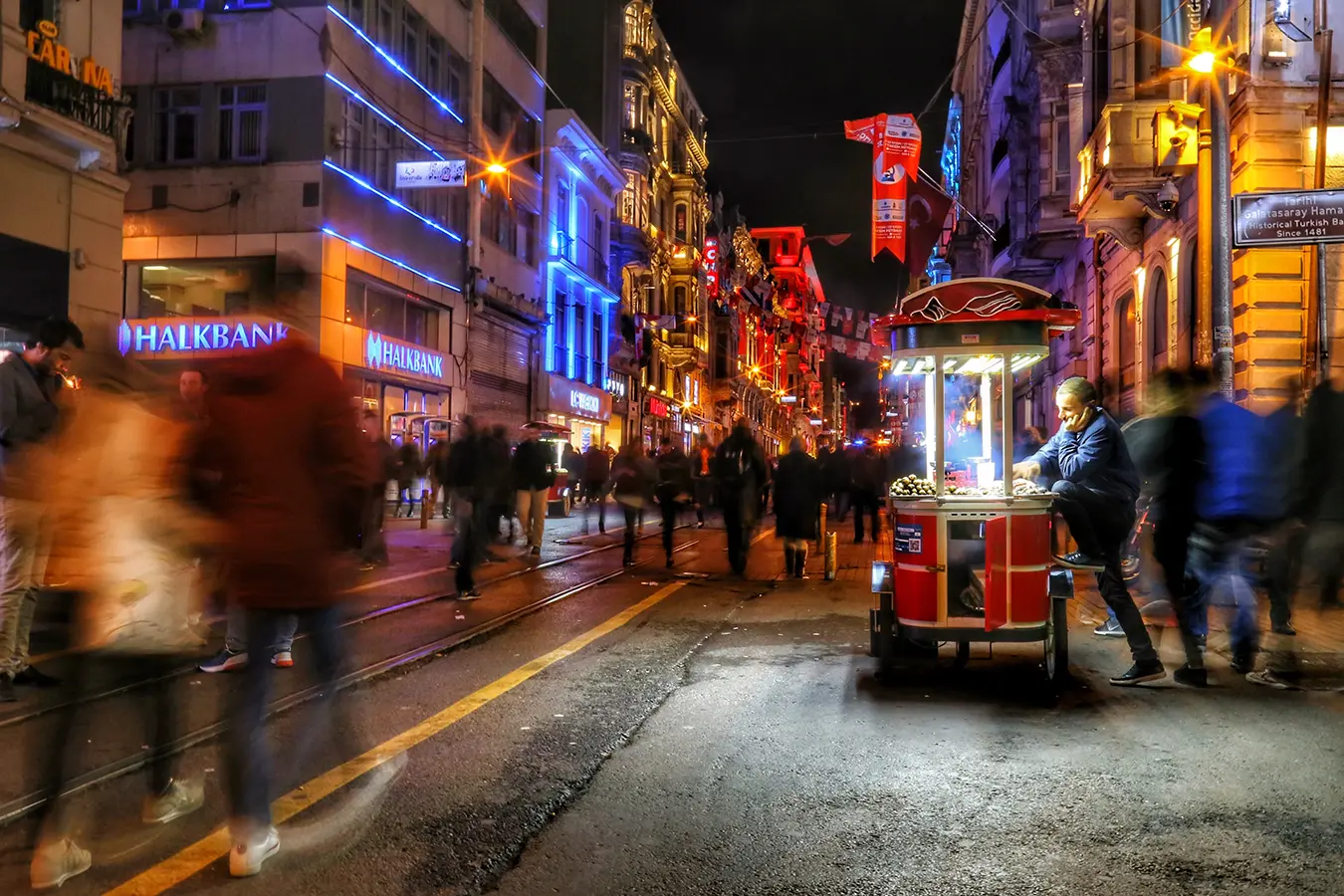
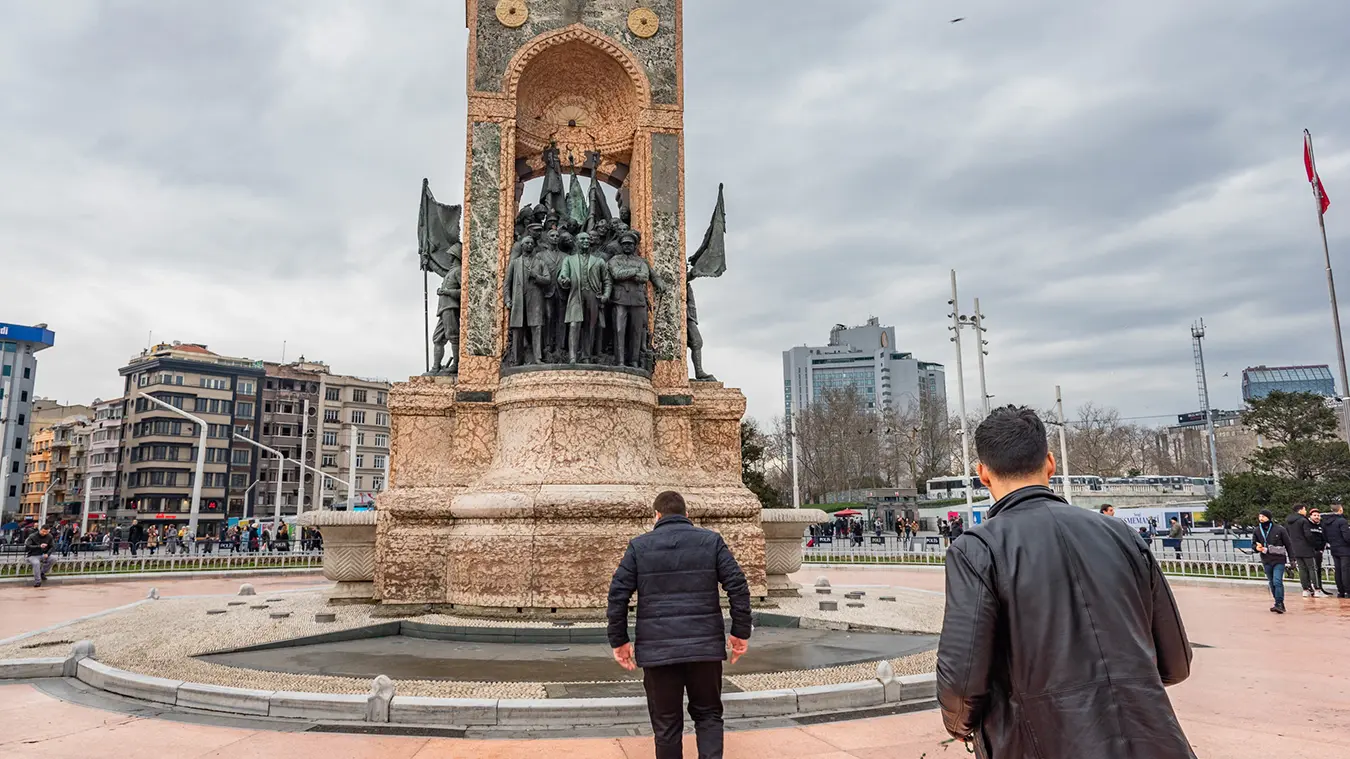

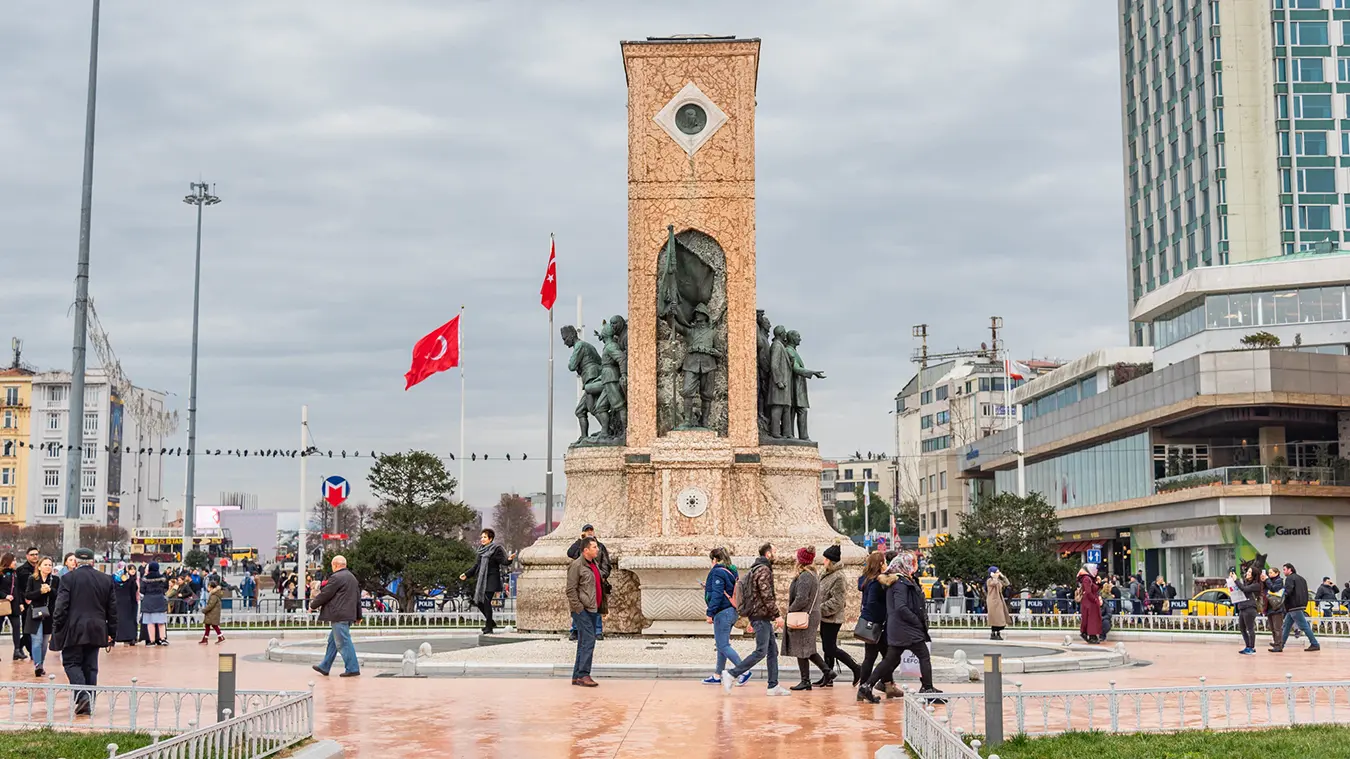
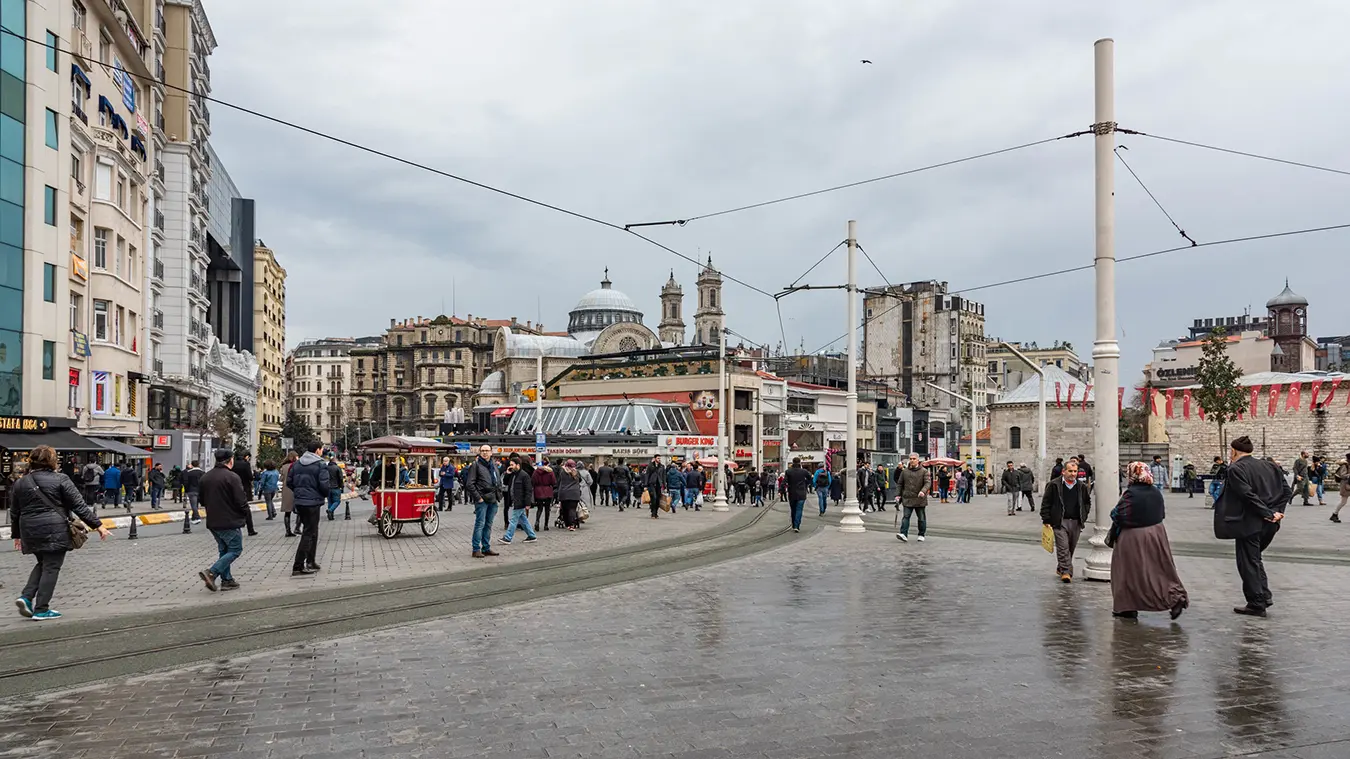
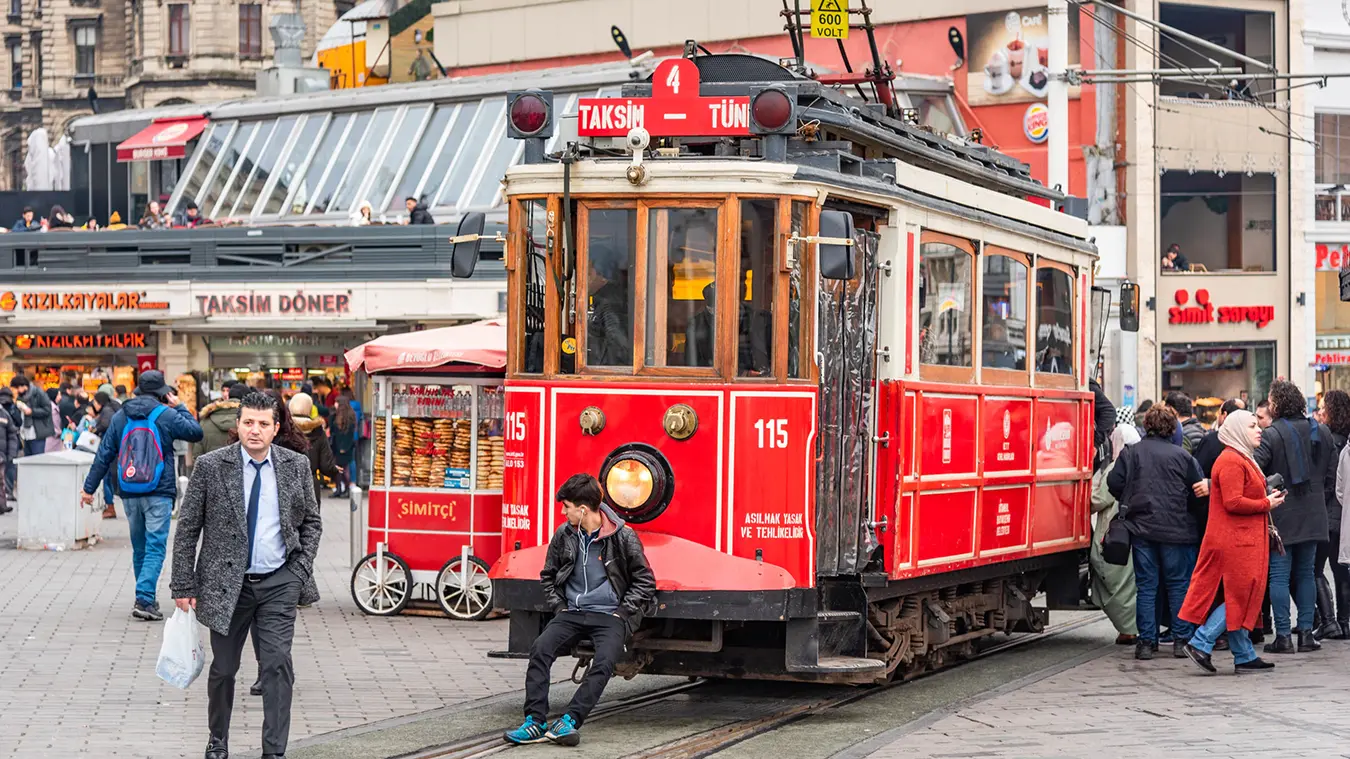



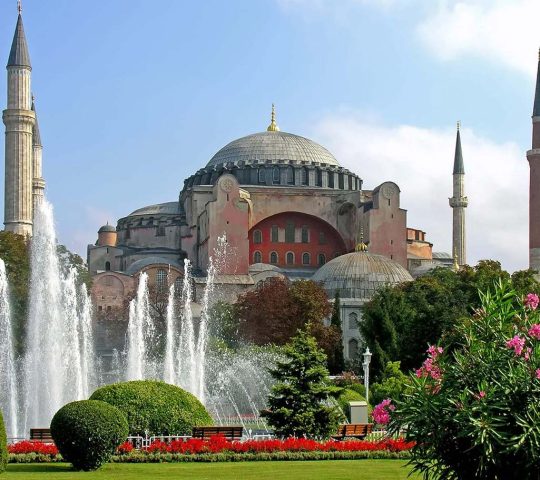
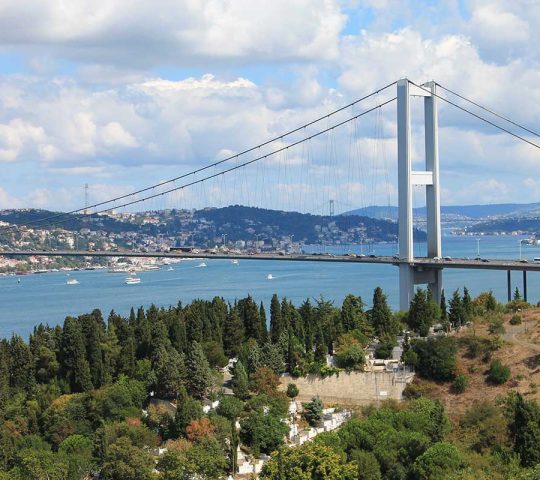
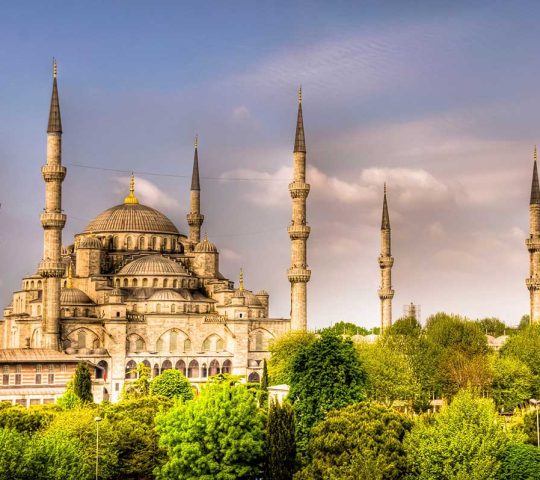
that was interesting